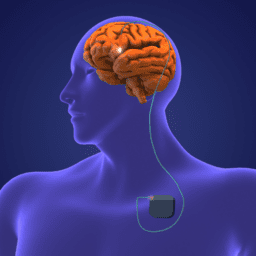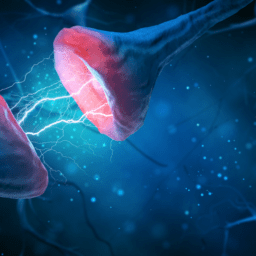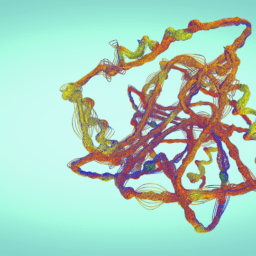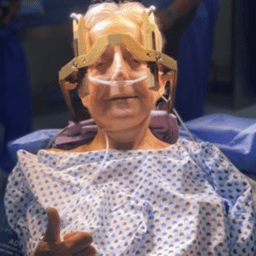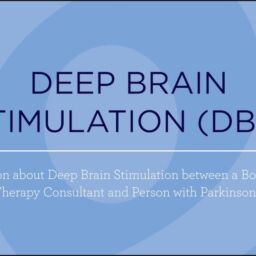As Parkinson’s symptoms progress, increasing medications to address them can bring significant side effects. One of the most common and frustrating side effects of Parkinson’s medications is dyskinesia, uncontrollable movements of the arms and legs. Surgical therapies for Parkinson's are explored after medications have been optimized and the side effects of adding more medications start to outweigh the benefits the medications provide. Current surgical therapies include deep brain stimulation and enteral suspension of carbidopa-levodopa.
Deep brain stimulation therapy (DBS) involves placing small electrodes into places in the brain affected by Parkinson’s. The wires emit continuous electrical impulses (stimulation) from a device similar to a heart pacemaker. These impulses positively affect the parts of the brain that influence movement and can improve many motor symptoms such as tremor, stiffness and slowness. DBS may also make daily activities like getting in and out of chairs, walking, dressing and bathing easier.
When the stimulator is working as it should, you will experience symptom control like you do when medications are ON, except you will need less or even no medications and ON periods may last longer, with less severe OFF periods.
Carbidopa-levodopa enteral suspension (Duopa®) is a gel form of the carbidopa-levodopa medication. This is the same basic medication found in many common Parkinson’s medications that work to replace dopamine lost in the brain.
The gel is infused directly into the small intestine through an internal tube. A small portable infusion pump is surgically connected to a part of the small intestine called the jejunum. The infusion pump administers the drug directly into the small intestine continuously over a period of 16 hours. Since the gel medication bypasses the stomach, it allows the medication to be more predictably and consistently absorbed throughout the day, which reduces fluctuations and the frustrating effects that can come during OFF periods.
Deep Brain Stimulation
Your doctor may recommend Deep Brain Stimulation therapy (DBS) as a potential option. This approach is typically recommended when symptoms of Parkinson’s have progressed to significantly affect your ability to complete daily tasks with minimal difficulty.
The following criteria may help determine if you're a good candidate for DBS:
Please note: Your medical provider will complete a full DBS evaluation. This list is only intended to provide an idea of what to expect in evaluating if you could be a candidate for DBS.
- Your symptoms still respond well to levodopa
- Your medications are not lasting from dose to dose
- Your medication is unable to control your tremor
- Your OFF time is not controlled with Parkinson's medications
- Dyskinesia is limiting your activities and is bothersome
- You have intolerable side effects from Parkinson's medication
- Your mind is still sharp, and you are not having hallucinations
- Your mood is not depressed or anxious
- You can live with an implanted device in your brain and body
- Your family is supportive
- You can perform most daily activities when your medications are working and have a lot of difficulties doing so when the medications are not working
Duopa®
Your doctor may suggest Duopa® if DBS is not a good option for you. Duopa® is a viable option for individuals experiencing changes in cognition and/or severe depression, anxiety and other issues affecting emotional health. This approach is typically considered when the duration of your ON times (when medication is effective), starts to change in such a way that daily living activities are affected. It is also best considered when you are responsive to carbidopa/levodopa oral immediate release (IR) medication.
Both approaches are largely reversible. In DBS, the electrodes in the brain are able to be turned off and with carbidopa/levodopa enteral suspension the tubes can be surgically removed.
Many of the members of your healthcare team can help you find the right approach to various treatment options, including neurologists, primary care providers, pharmacists, physician assistants and advanced practice nurses. Sometimes your doctor might try a combination of several strategies. It is important to communicate closely with your doctor, especially if the therapy isn't working well or if you are experiencing any side effects so that you can try something else that might work better.
To take a deep dive into Deep Brain Stimulation, click here.



